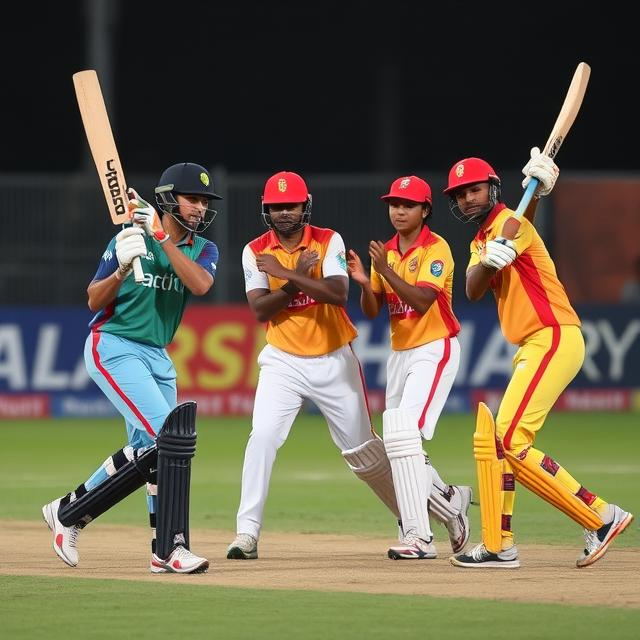Understanding Arab Society: A Diverse Tapestry of Cultures

Understanding Arab Society: A Diverse Tapestry of Cultures
The term “Arab society” encompasses a vast and diverse collection of cultures, nations, and traditions spanning a significant portion of the Middle East and North Africa. It’s crucial to avoid generalizations when discussing such a broad region; instead, we must appreciate the remarkable variations within this rich tapestry.
Beyond the Stereotypes: Unveiling Complexity
The media often presents a simplified view of Arab society, often focusing on conflict or extremism. This narrow perspective ignores the myriad aspects of daily life, from vibrant marketplaces to close-knit family structures. It’s essential to move beyond these limited portrayals to understand the richness and complexity of individual experiences within the region.
The Importance of Cultural Nuances
Different Arab countries possess distinct histories, traditions, and social norms. For example, the social roles of women vary greatly across the region, influenced by historical contexts and modern interpretations of Islamic teachings. This cultural variation is a vital element to understanding the nuanced differences within Arab societies. Cultural nuances often dictate social interactions, family dynamics, and religious practices.
Shared Threads, Divergent Expressions
Despite the regional variations, shared cultural threads connect many Arab communities. Language, particularly Arabic, plays a significant role in fostering a sense of shared identity. Similarly, Islamic values and traditions often underpin social structures and ethical frameworks across many Arab countries. However, how these values are interpreted and applied varies widely.
A Focus on Modern Trends
Arab societies are dynamic and constantly evolving. Rapid urbanization, changing economic landscapes, and the rise of social media are profoundly influencing social interactions and expectations. Understanding these modern trends is crucial to comprehending the contemporary realities facing Arab societies. The evolving role of women in the workforce, the impact of technology on daily life, and the complexities of national identity all contribute to this dynamic picture.
The Power of Storytelling
Personal narratives and storytelling are critical for understanding the complexities of Arab society. Hearing directly from people living within these diverse communities offers unique insights into their perspectives and experiences.
Conclusion
The goal is not to create a monolithic description of “Arab society,” but to recognize the remarkable diversity and rich tapestry of cultures that make up this important region. By appreciating the nuances of each country and community, we can build more informed and respectful engagement with the Arab world.
Further Exploration
To deepen your understanding, explore the rich history, literature, art, and music of individual Arab countries. Engaging with primary sources and diverse perspectives will provide a much more nuanced understanding.